| Antique Before Restoration |
Description of Restoration Work |
Antique After Restoration |
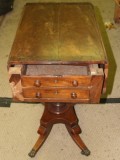 |
This Victorian Mahogany worktable had a severely damaged carcass, many missing and damaged veneers and a broken top. The French polish was decayed and had become so opaque as to make the mahogany flames on the top all but invisible. |
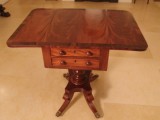
|
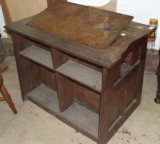 |
Arts and Crafts furniture was never highly polished so all this oak architect’s table/bookcase needed was a good clean and wax. |
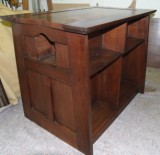 |

|
This little writing slope was severely water stained and also had shrunk. This had not torn any of the veneers and would not have been a problem if it didn’t have brass straps. These had not shrunk and so had pushed off the adjoining Ebony edging as the box had shrunk over the years. |
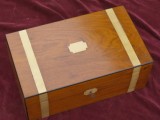 |

|
The bottom of this old wooden bowl had completely rotted away. There was really nothing for it except a judicious mixture of filler, stain and polish. |
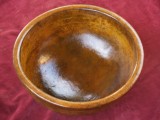 |
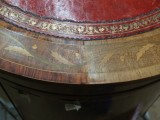
|
This very pretty, Edwardian, Kidney shaped writing desk in the style of Sheraton had lived for a long time in a sunny room. This had made the polish on the top go opaque and had dried out the glue allowing many pieces of veneer to come off. The French polish had also gone very opaque which was effectively hiding the Rosewood crossbanding.
|
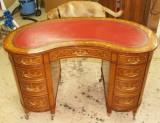 |
| 6a |
Many “experts” say that Rosewood cannot be stripped and repolished without the Rosewood going nearly black. This is obviously not correct as can be seen with this Regency card table. The top had a lot of surface scratching as well as some severe water damage which had got under the polish. After stripping the remains of the polish off it was very gently rubbed back which was just enough to bring the Rosewood back to life but without so much as to make it go black. |
6b |